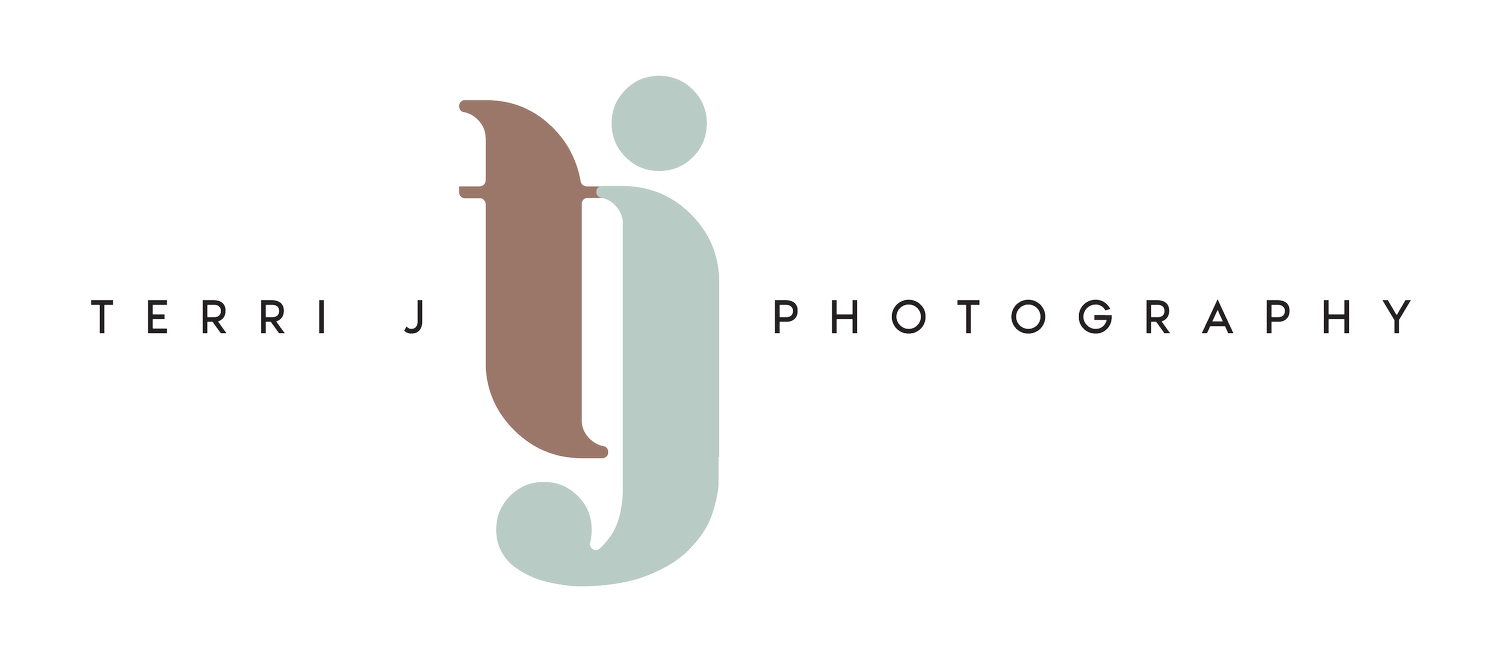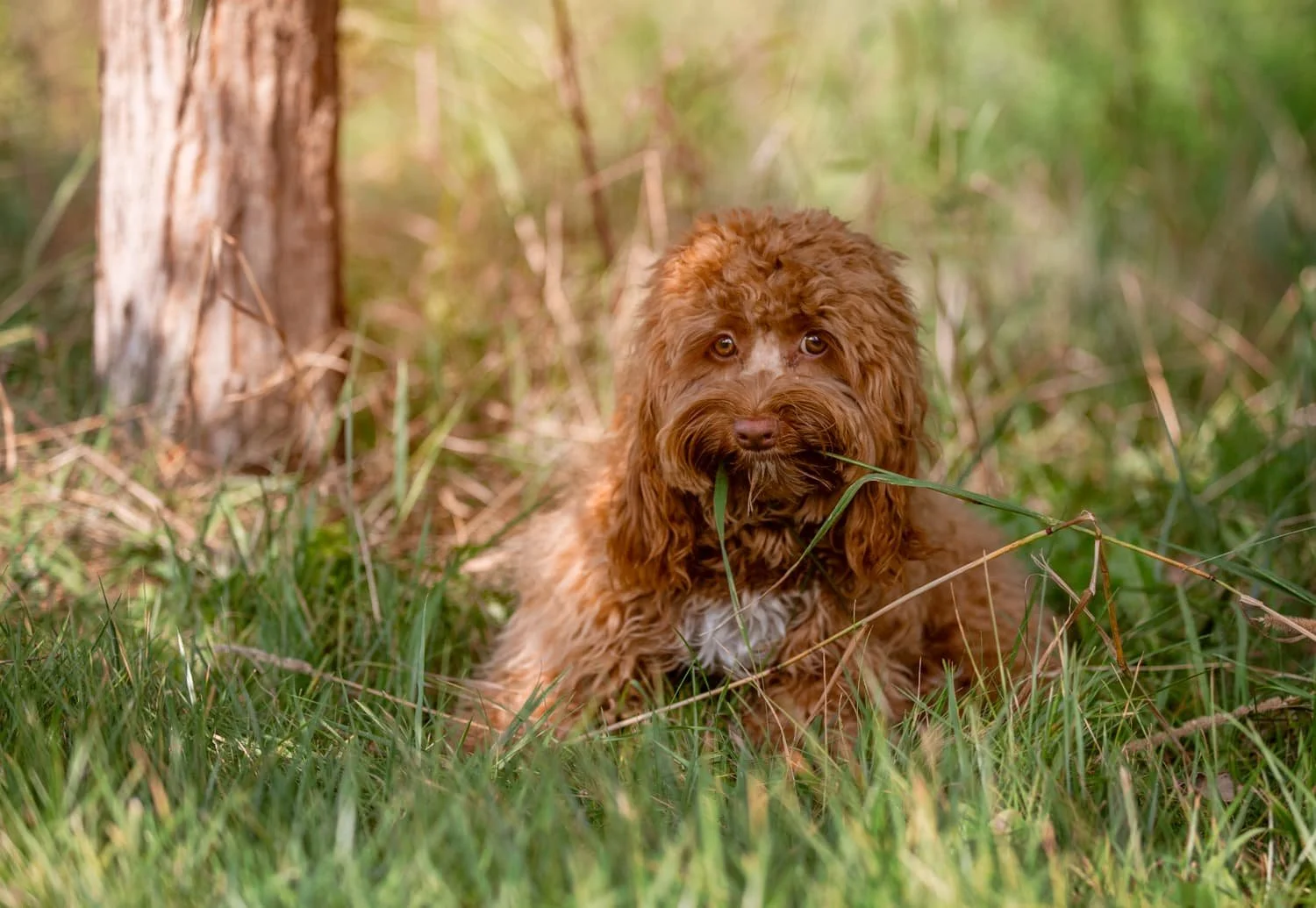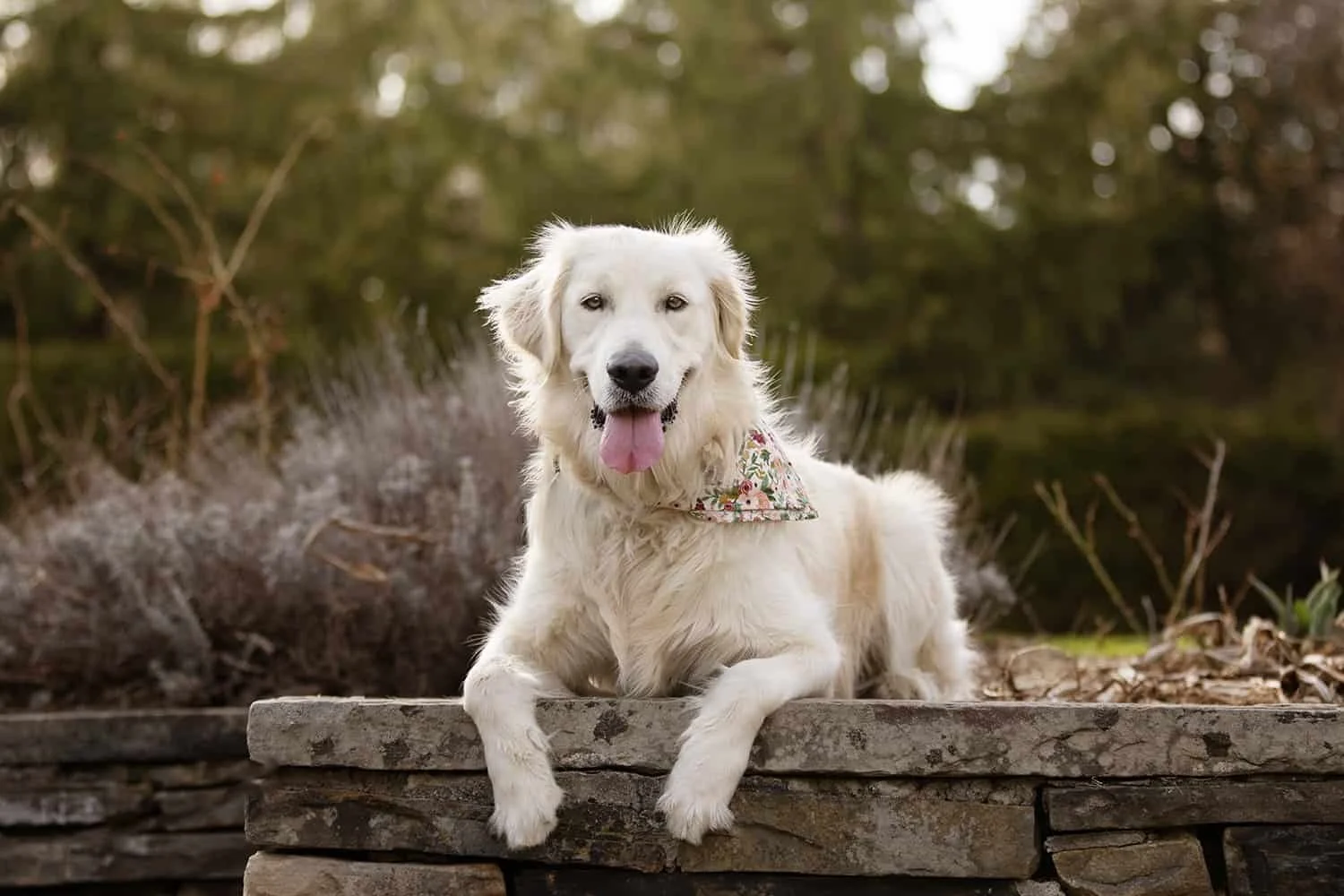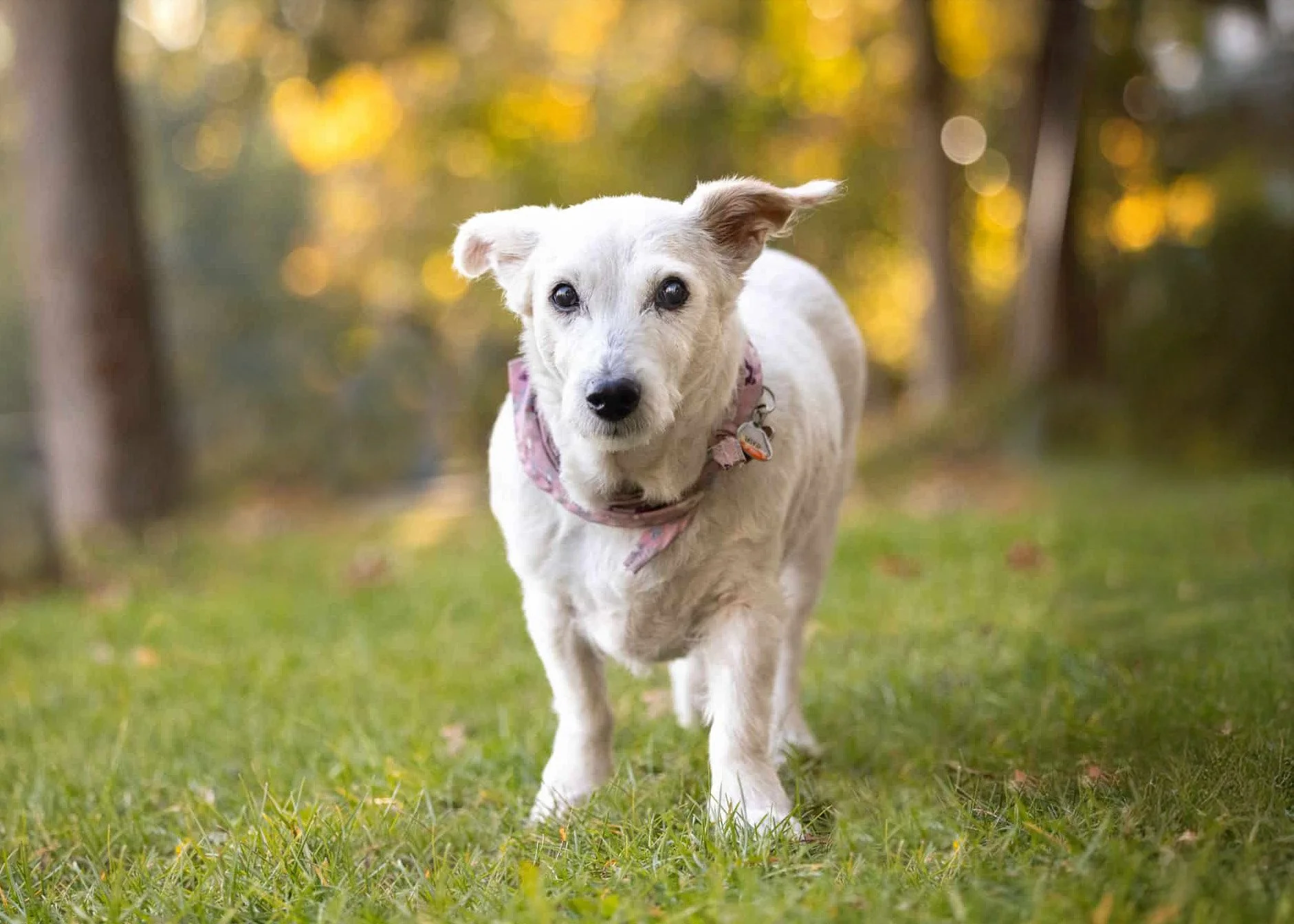Dog Photography Tips You Haven’t Heard Before: Mastering Space and Composition
/You’ve probably read plenty of dog photography tips!
You know… the run of the mill stuff about using treats and toys and natural light and how to get your dog’s attention and keeping it fun!
But this isn’t that kind of list.
These tips are more about the creative side of photographing your dog — how to use space in interesting ways, how to compose photos for the best effects, how to make your dog the star of the show, and capture images that feel natural, expressive, and full of life.
Whether you’re using your phone or a camera, these ideas will help you create photos that tell your dog’s story in a beautiful, artistic way, and you’ll actually love the results!
Discover creative ways to use space and composition to capture unforgettable photos of your dog
Use Framing to Draw the Eye
Let’s dive into the process of taking a great photo of your pet, starting with a simple but powerful compositional technique: framing.
Framing makes your dog the star of the shot!
In photography, framing is all about using elements in the scene—like tree branches, doorways, fences, or even a gap between two rocks—to create a natural border around your subject. When you position your dog within one of these frames, it draws the viewer’s eye straight to them. It’s a subtle but effective way to highlight your pet and make them the undeniable star of the shot!
Framing provides context about the scene.
Think about a dog portrait taken in a studio. It’s often a portrait of the dog against a plain backdrop. That photo becomes simply a portrait. But with photos of a dog in a natural, home or city environment, elements are used to create a frame to showcase the dog, and also tell a little story about where or in what type of environment the photo was taken, for example a garden, or forest or city.
Think about your pup sitting under the arch of an old bridge, standing between tall autumn trees, or peeking over a garden fence. Those little details add so much personality to the photo. It’s not just a cute portrait—it captures a moment, a feeling and a place.
During my photo sessions, I'm constantly scouting for picturesque settings where I can position your dog amidst natural elements that provide a beautiful frame, highlighting you and your dog. These frames vary depending on the surroundings; in natural settings, it might be lush grasses, winding pathways, tree branches, or vibrant flowers.
Urban environments offer opportunities with architectural features like columns, walls, or charming doorways that serve as distinctive backdrops.
So next time you are out and about taking photos of your dog, see if you can find some amazing framing opportunities that make your dog shine!
Let’s take a look at a few examples where I intentionally placed the dog in a spot where the environment created a natural frame for the portrait.
2. Give Your Dog Room to Shine: Using Negative Space
Negative space refers to the open (empty or unfilled) space around the subject. It is commonly used in design, art and architecture as well as in photography. It is the breathing room that gives your eyes somewhere to rest and prevent your image from appearing cluttered. It helps the subject – in our case the dog – stand out and attract the viewer’s attention.
Negative space allows your dog to be well defined while keeping the image simple. It is a way to emphasize and anchor your subject.
Negative space does not have to be completely empty, in other words lacking detail or colour (as in the photo at the bottom of the dog at play). It can be made up of parts of your photo, as long as they’re soft, simple, and don’t compete with your main subject. A stretch of grass, an open sky, or a hazy field of flowers are all great examples — they give your photo breathing room and make your dog stand out beautifully.
Negative space can create a feeling of calmness or drama, and provide a sense of scale.
3. Create Flow with Leading Lines
Photographers use this technique to naturally draw your eye along subtle lines to direct your attention to a specific point in the image.
The lines can be converging as in a path through the woods, or they can go from side to side or even in circles. There are no rules that the line has to go a certain way.
How to find leading lines
No matter where you choose to take your photos, you should be able to find leading lines. They are all around. So where should you look for leading lines?
One of the easiest places to start is with a path or road - they are everywhere – in forests, at parks, in the city. But you can find plenty of other leading lines, too.
Try to think creatively — many lines are not readily evident. Here are more examples.
Man made structures such as fences, doorways, buildings, columns and bridges.
What about naturally formed leading lines? There are lots! Shorelines on a beach, lines of trees, fallen logs, rows of rocks or plants.
You get the idea!
To illustrate this compositional technique take a look at these images, you will notice that I used several elements to draw the viewer’s eye to these dogs.
4. Get down low - even lower!
Whether you are taking dog portraits for sharing on Instagram or for printing to place in frames, you definitely want photos that stand out from the crowd. And to stand out you need to get low!
Most people will stand above their dog and snap a photo. While these may be cute pictures and this angle is of course the way you usually see your dog in day to day life, they are not going to have that wow factor.
When dogs are photographed from above, their bodies become an important part of the photo, rather than their face and eyes, and this is not ideal for capturing their personality. Furthermore, it’s not the most flattering angle of the dog and it makes for boring photos!
Getting really low at your dog’s level, will give you a far more engaging portrait. Photographing from a low position allows you to make portraits that draw the viewer into the photo, as you’ll see from some examples below.
Keep in mind that because dogs are closer to the ground than we are, by crouching or lying on the ground, you’ll see the world from their perspective. To create amazing portraits one needs to capture shots that will bring the viewer down to the dog's eye level. You’ll always see me on the ground getting really dirty during my photo sessions!
Think about these 3 types of dog portraits.
A close up of the dog where the dogs face fills most of the frame. If you’re shooting from the dogs eye level, it is the perfect angle to increase the space that your dog takes up and makes them the focal point of the photo. It allows you to focus the camera directly on the dog’s eyes and draw the viewer into the image. This angle also better captures the dogs personality which is after all what you want!
An environmental portrait where the dog is photographed in an interesting or beautiful place showing some of the surrounding landscape or even in an urban setting. If you get down on the dogs level you will be able see the world as they see it, through their eyes. This also gives a far better perspective of the dog in relation to his or her surroundings.
The action portrait or “dog running towards me” shot. By shooting from as low as you can get to the dog’s level your photo will have far more impact, a more accurate sense of perspective and allows you to see their eyes and expressions clearly, drawing you into their world. It also shows space between the dog and the ground making for a true “action’ shot!
5. Use Layering to add visual interest
Layering is one of those little tricks that can make a big difference in your photos. It’s all about adding depth by having things in the foreground, middle, and background instead of keeping everything on one flat plane. It helps your photo feel more natural and draws the viewer’s eye right to where you want it.
Examples of how to find and use layering when you are out photographing your dog.
Use natural elements in the environment
Look for trees, branches, tall grass, or flowers that you can shoot through. Having a few soft, blurred leaves or blooms in the foreground instantly adds depth and makes the viewer feel like they’re peeking into a special moment.
Create depth with the people in the background
Try photograph your dog running toward the camera while family members watch in the background.
Layering is one of those creative touches that turns an ordinary portrait into something warm, real, and full of connection.
6. Add a Dreamy Touch with Bokeh
What can be more pleasing than a dog portrait with a beautiful soft and blurry background? The term used for this is “bokeh”. Bokeh can be used to highlight the emotions and personalities of dogs, making the portraits more relatable and engaging.
So what is “bokeh”?
It is of Japanese origin and refers to blur, or a blurry quality, and it is commonly used in portrait photography where you will notice a very “soft” or blurry background with your subject beautifully in focus.
In other photos you will notice soft, out of focus circular highlights that are formed by small pinpoints of light.
As a professional dog photographer based Toronto, I use this technique in 90% of my dog portraits. It is definitely my favourite style of photography. Here are some ways that bokeh enhances photos in dog photography.
Isolates Your Subject
One of the primary ways bokeh enhances dog photography is by isolating the subject from the background. The blurred background becomes totally unobtrusive and this draws the viewer's eye directly to the dog, making them the star of the photo.
Conveys Emotions
Dogs are known for their expressive faces and body language. The soft, dreamy background is like a canvas that accentuates the dog's expressions and emotions. Whether it's the excitement in their eyes, or a portrait showing the dog simply staring off into the distance, bokeh enhances the emotional impact of the images by turning a background into a soft wash of colour and light.
Creating a sense of Connection
Bokeh also has the power to create connection with the dog on a personal level. By putting the focus on the dog’s expression and personality, and making the background simply blend away, bokeh can help to draw you in to the photo and create a sense of connection with the dog.
How to achieve Bokeh in your photos?
Even if you don’t have a professional camera and lens, or prefer to use the automatic mode on your camera, you can can still get a soft, dreamy look by increasing the distance between your dog and whatever’s behind them.
The farther away the background is, the blurrier it will appear. Try having your dog sit a few metres in front of trees, bushes, or flowers, then focus carefully on their eyes.
Good lighting helps too — soft morning or late-afternoon light will make your background glow gently and add that lovely depth to your photo. Look for specks of light in trees or bushes behind the dog to create those circular orbs.
If you’re using a phone, switch to “Portrait Mode” for a similar effect.
So if you’re looking for powerful and memorable dog portraits, try making use of bokeh. Your dog's emotions and personality deserve to be the star of the show!
And if you would like that “star” to be shared with the world, bokeh can make it happen.
Here are some images illustrating the use of bokeh.
These little creative tweaks can make a big difference in your photos!
But if you’d love something extra special, consider working with a professional pet photographer. I am located in Toronto and would be pleased to offer a complimentary consultation.
With experience, the right gear, and a love for animals, a professional can capture your dog’s personality in ways that go beyond everyday snapshots — creating timeless images that celebrate your best friend.
If you would like to find out more about how a session works or have any other questions please feel free to contact me.
I capture your furry friends in and around the Greater Toronto area including Richmond Hill, Thornhill, Etobicoke, Scarborough, Markham and Vaughan.




























